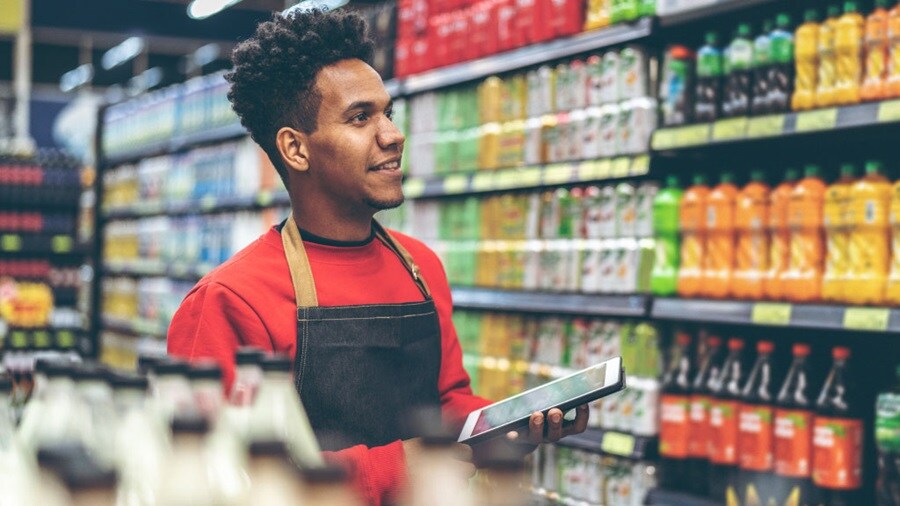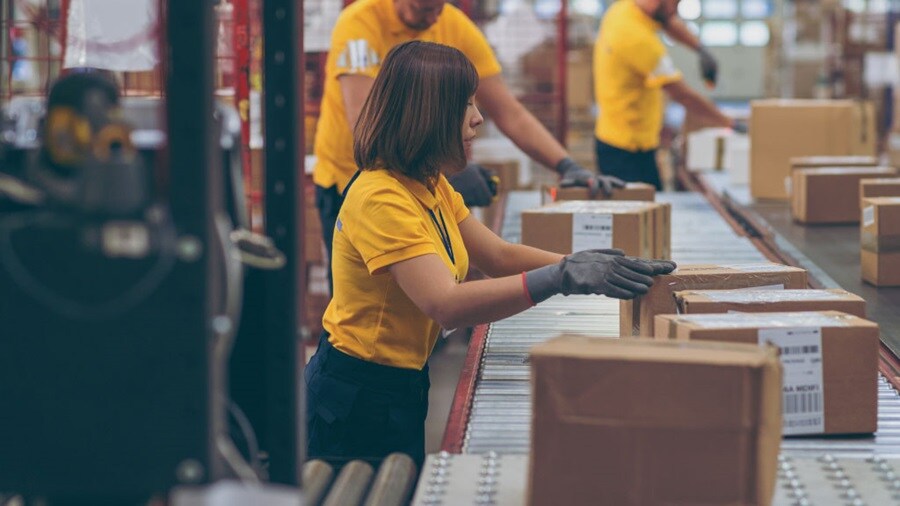Retail businesses, in particular, are having a tough time. At the start of the pandemic they faced lots of empty shelves while, more recently, they’ve been affected by the opposite problem – overstocking – to a degree where our recent article on the overstocking crisis showed that some retailers are currently overstocked by as much as 30%. Faced with the prospect of recession, cash tied up in excess stock can be the difference between success and failure.
But retailers are aware of this threat. Research from Gartner highlights that investment in supply chain resilience is a priority for 90% of retailers, while the Chief Economists Outlook report shows that 77% of those surveyed expect businesses to respond to the current economic headwinds by optimising their supply chains. But how exactly?
Through customs. While customs has traditionally been viewed as a transactional discipline with little or no added value and perhaps as an administrative chore, with the right knowledge and approach, this perception can be flipped on its head, enabling businesses to unlock value and improve resilience.
In this article, we’ll look at five ways how you can optimise customs for your retail supply chain.

Simplifying the customs process
The first and arguably most important change that retailers can make is to simplify their customs process.
According to Deloitte, “the volume of goods that need to pass through [borders] and the complexity of managing them means that processing declarations at the necessary speed is challenging for many traders.” What’s more, this challenge is heightened for retailers whose business models are dependent on shipping an extensive range of goods into different markets. That means they’re dealing with a broader range of classification codes, which adds further complexity.
As such, they’ve had to contract a huge number of customs brokers to make things work – a figure that may run into double digits for large retailers. As a result, they’re left with a fragmented operation.
To regain control, they need to consolidate. By cutting down a list of brokers to a single point of contact, retailers can save time and effort managing the customs process, therefore improving resilience.

Centralising customs data
The second priority for retailers, in terms of customs optimisations, is to improve digitalisation.
Across all supply chains, digitalisation and improving end-to-end data flows is a strategic priority. Retail logistics is no different. In fact, a recent Retail Week report showed that almost every retailer they spoke to had increased their spending on digital capabilities within the past two years.
However, the pace and allocation of that spending may not yet be right.
For example, the Gartner research shows that 42% of retailers view a lack of digital technology as one of the top barriers to increased supply chain resilience. This suggests that retailers are either not spending enough on digital technology, or not spending their budgets wisely.
From a customs perspective, the most effective way to address this is by investing in centralisation – an approach that provides them with holistic visibility of their customs operations. As a result, they can gain better insights into procedural errors that may occur in the customs process, helping to make informed decisions that reduce risk and improve decision making.
For more on how centralisation can help retailers gain a competitive advantage, read our recent article on the power of customs insights.

Developing more flexibility
The third customs optimisation retailers can make is to develop flexibility in their supply chains.
At present, many retailers experience bottlenecks in their logistics flows during public holidays or seasonal spikes. This may be because demand increases or their in-house teams typically take time off during these periods, meaning they may be under-resourced.
Either way, this can result in customs backlogs, which aren’t good for supply chain continuity.
For instance, if their goods are held up at the border, they may not be available when customers want them. Or by the time they’ve reduced the backlog, customer demand might not be as high and they may struggle to sell the goods at full price, so too much capital is tied up in unused stock and the items might need to be discounted.
To manage these risks, retail businesses may want to outsource some or all of their customs to strategic customs partners during peak seasons. This can help to increase capacity and keep goods flowing across borders, driving optimal inventory levels. This puts them in a more prepared and stable position, so even if disruption strikes, the financial implications will be mitigated.

Improving compliance
Now to the fourth customs optimisation for retail businesses – improving compliance.
With import/export legislation constantly evolving, and codes being regularly updated, it’s easy to make mistakes when submitting customs declarations. Submitting the right commodity codes, country of origin or customs value is an intricate task at the best of times. But it’s especially difficult for retailers importing high-tariff products like textiles or products with special permit requirements like electronics. Non-compliance can therefore be more common and more costly.
To manage risks and strengthen compliance, retail companies need to build automation into their customs clearance workflow. With an automated approach, all the customs data can be gathered prior to the declaration. So, when they come to complete their customs declarations, the documentation can be populated in just a few clicks, saving time and ensuring accuracy. It’s a win-win, reducing risk and improving resilience.

Optimising procurement costs
The final change that retailers can make is to drive procurement cost optimisations using customs insights.
While the economic outlook in Europe is now more positive than initially predicted, according to The Financial Times, most retail leaders will want to advocate caution by preparing for the worst and hoping for the best. That means leveraging robust financial mechanisms in their operating models. With customs, the most effective way to achieve this is by being smarter with procurement.
How? By embedding customs considerations into sourcing strategies. With the right approach, retailers can save costs by using customs insights to pay the lowest permitted duties and fees. Free trade agreements (FTAs) are a good example. With the right knowledge of FTAs and rules of origin, for instance, retailers can identify the most appropriate ready-to-buy goods to avoid cost implications, providing a unique way to mitigate risk and build resilience.

From the supporting cast to the lead role
Having experienced myriad shocks and crises since the outbreak of the pandemic, battle-hardened retailers are wise to the risks presented by disruptions. As a result, many have sought to shore up their defences with savvy supply chain optimisations.
Customs can and should play a leading role in helping to achieve this objective. While it may have taken the backseat to its logistics counterparts in the past, it’s now viewed as a valuable means of gaining trading advantages. Indeed, by proactively making customs optimisations, retailers can build the resilience to overcome any disruption that 2023 has in store.
Contact Maersk to see how we can guide your customs optimisation journey.
无论您需要什么,我们都可以随时为您提供帮助
I agree to receive logistics related news and marketing updates by email, phone, messaging services (e.g. WhatsApp) and other digital platforms, including but not limited to social media (e.g., LinkedIn) from A. P. Moller-Maersk and its affiliated companies (see latest company overview). I understand that I can opt out of such Maersk communications at any time by clicking the unsubscribe link. To see how we use your personal data, please read our Privacy Notification.
By completing this form, you confirm that you agree to the use of your personal data by Maersk as described in our Privacy Notification.
